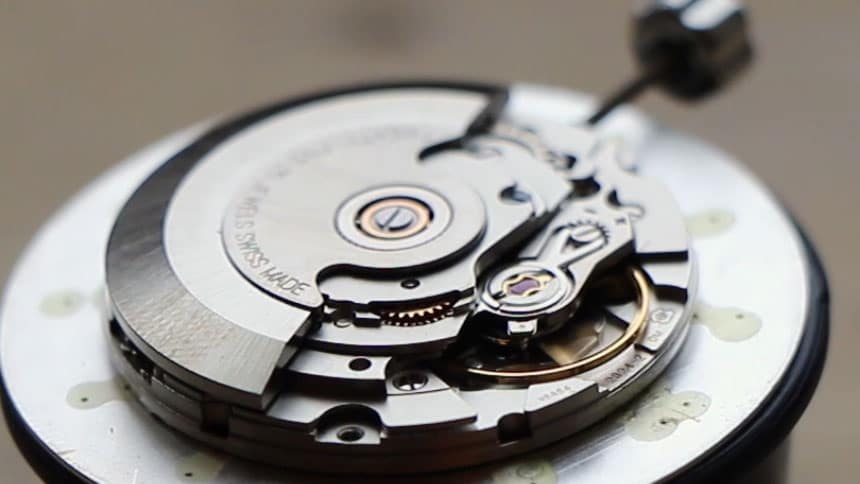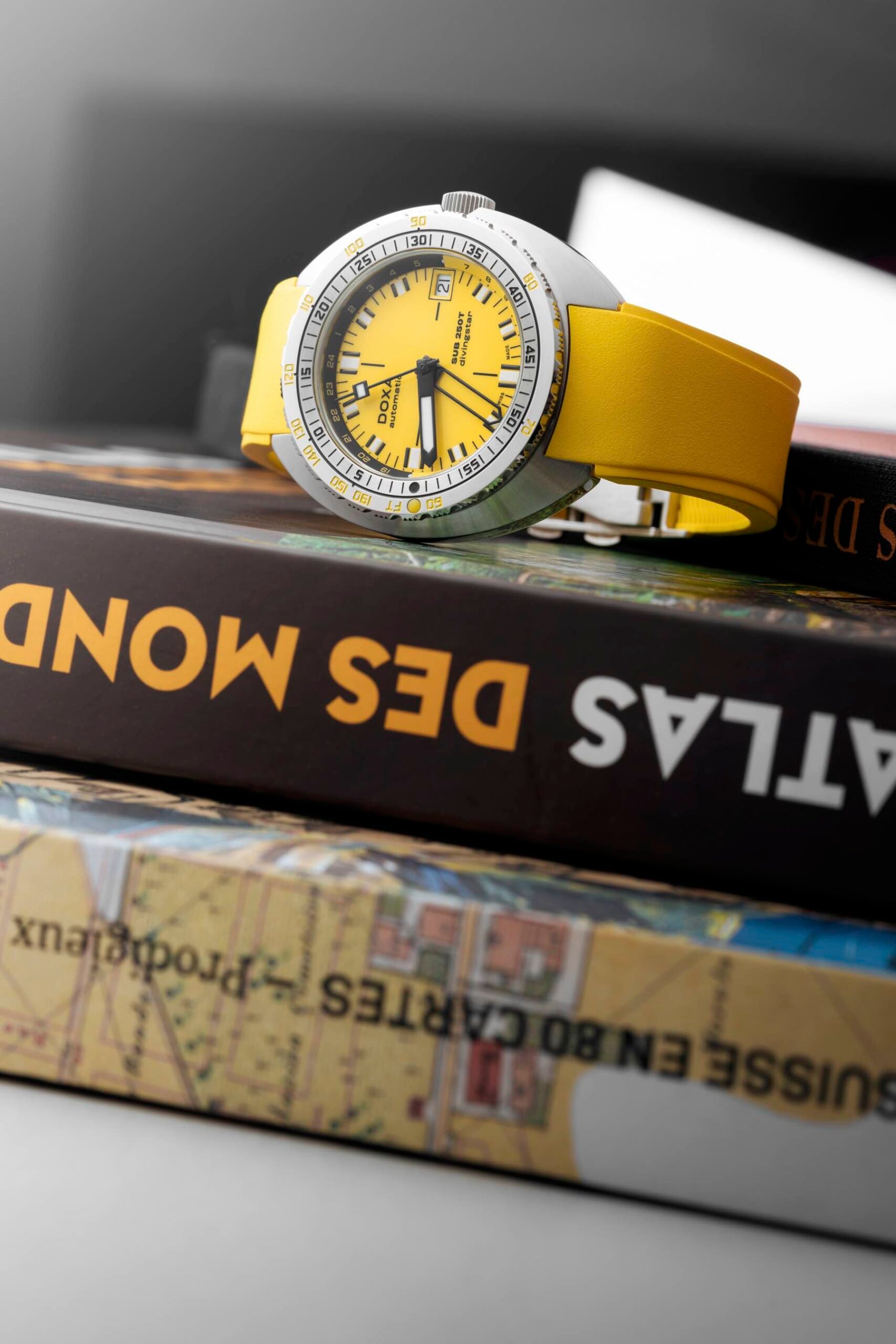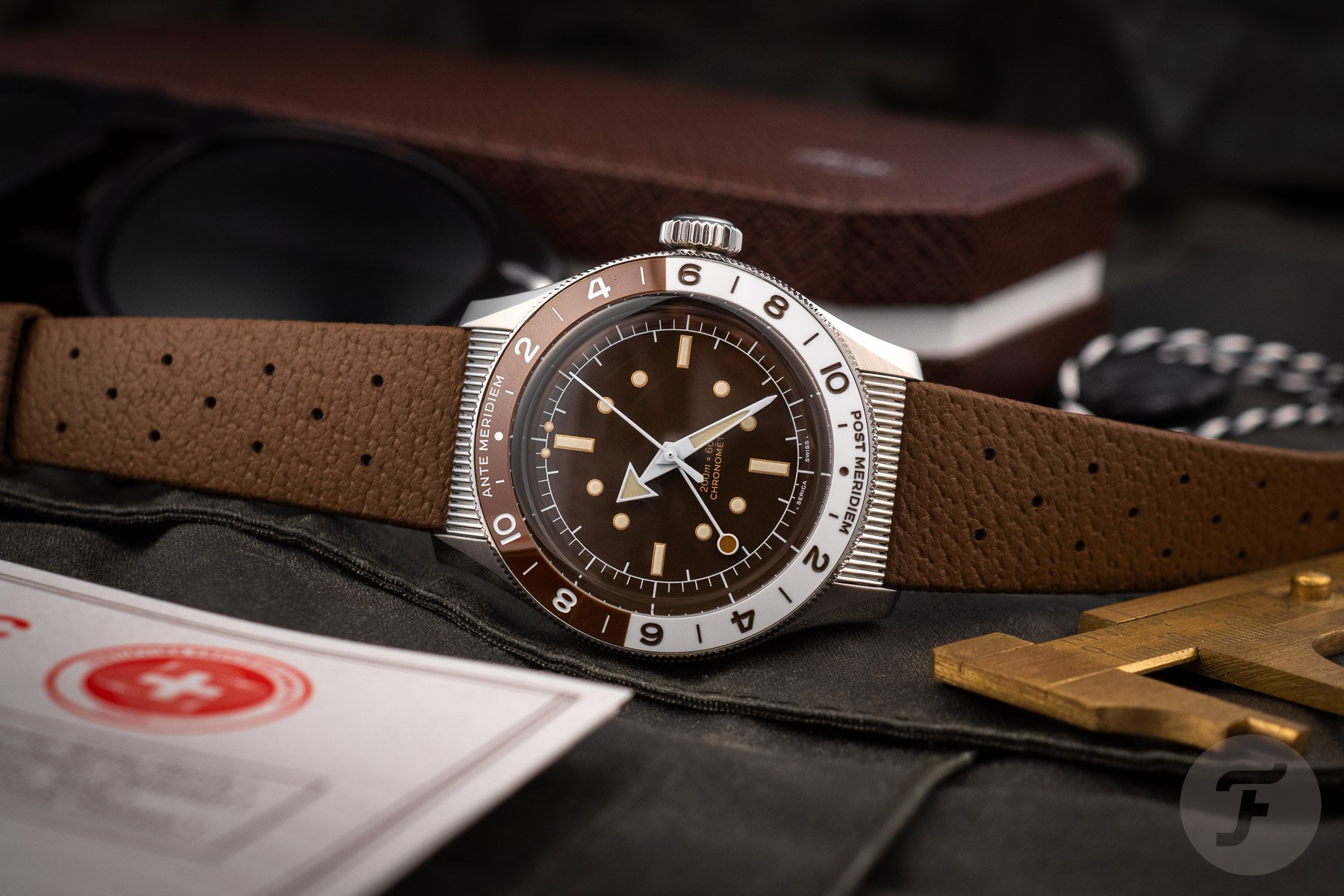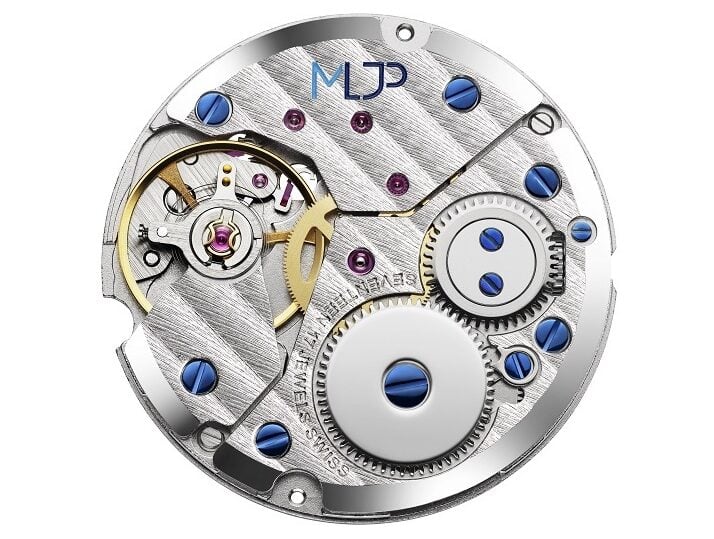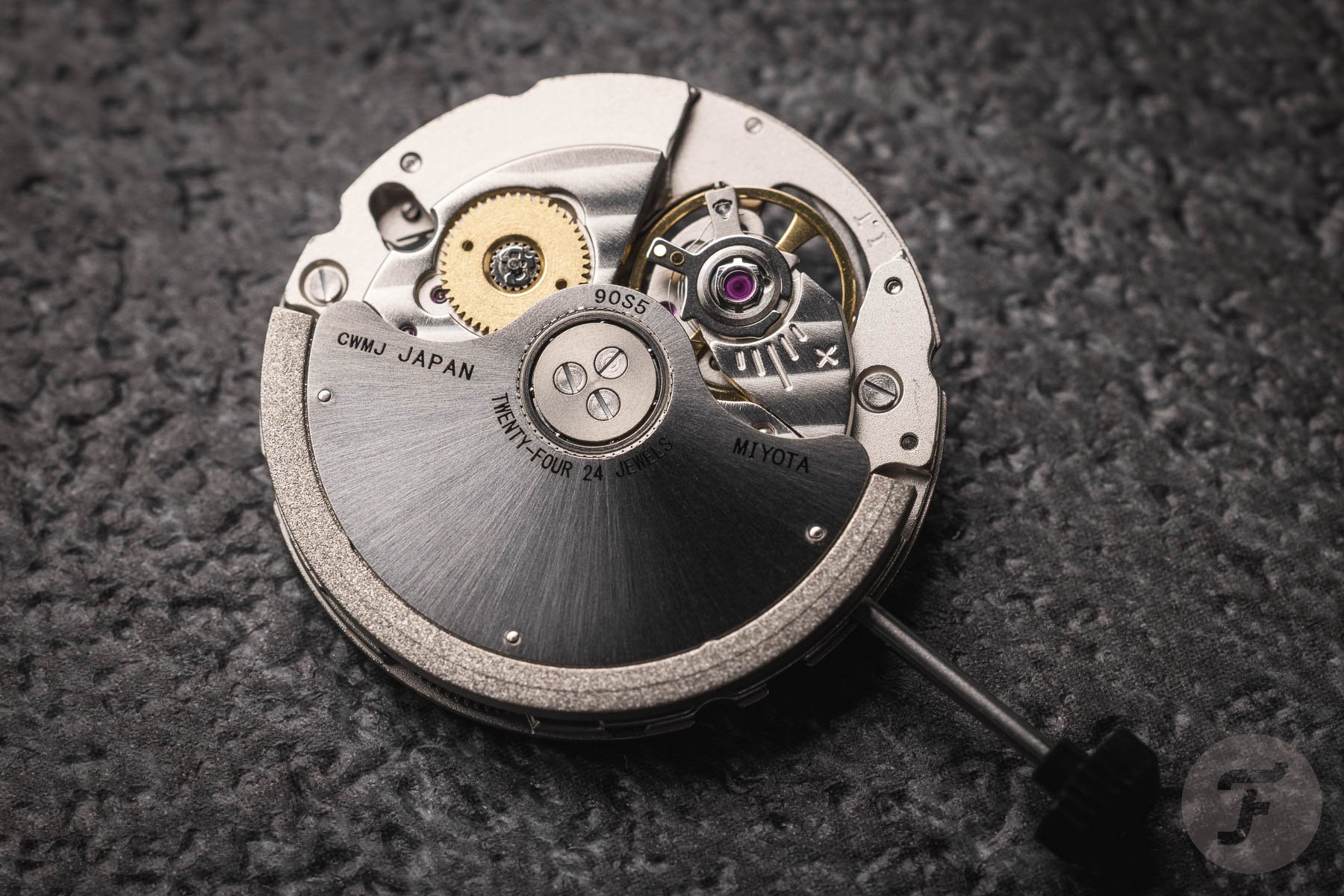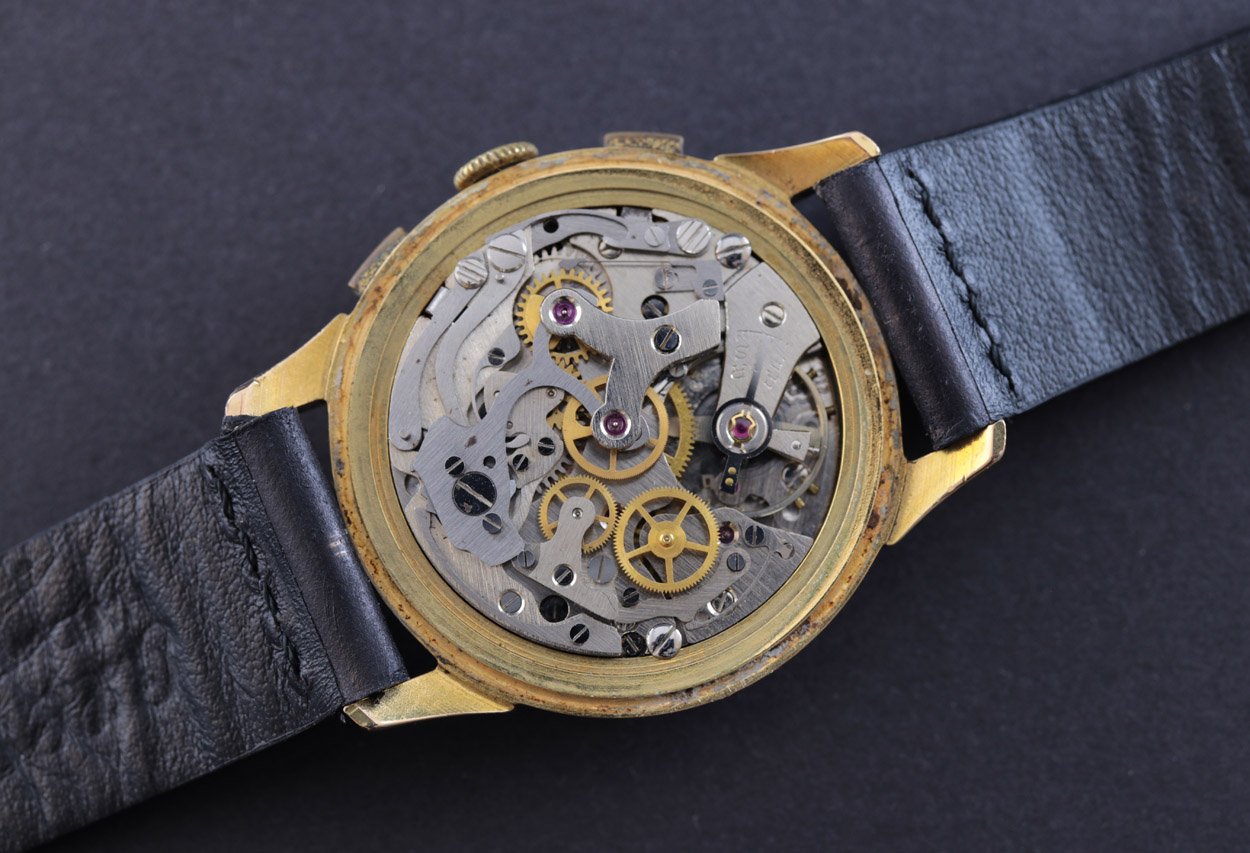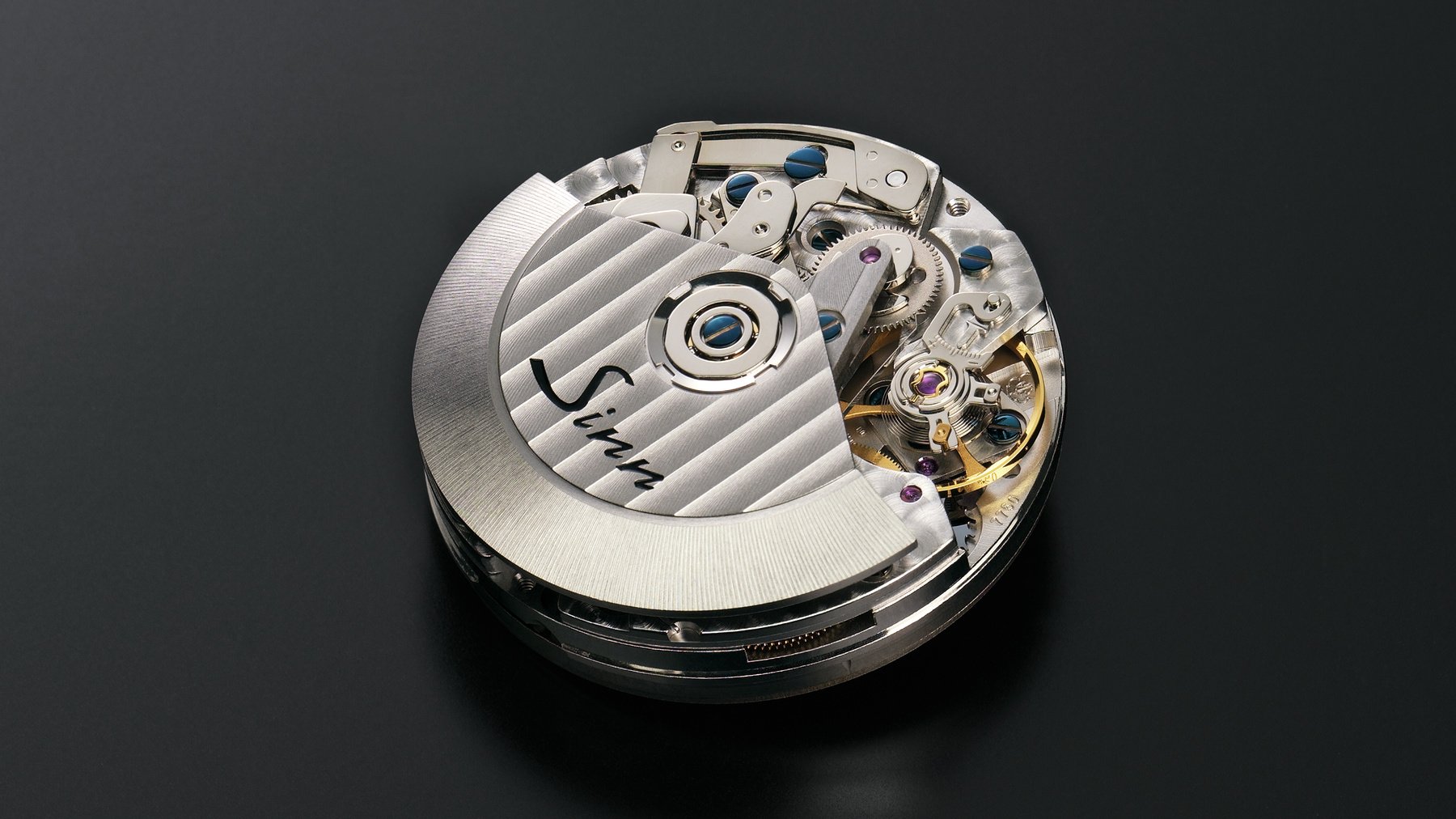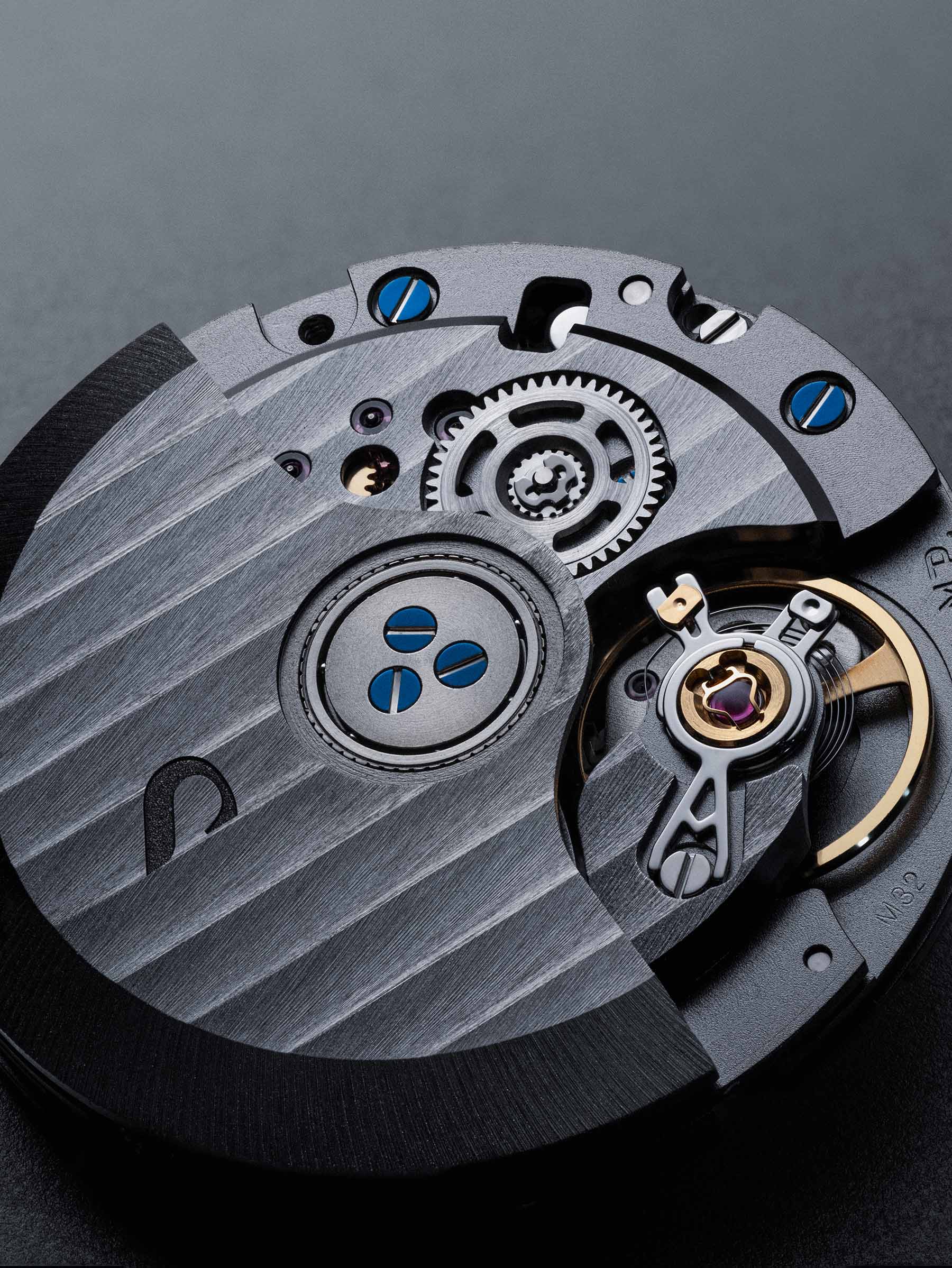Caliber Cravings: New Ebauche Watch Movements We Would Like To See
Manufacturers of ebauche watch movements have a major impact on the watch industry. They might not be the sexiest of companies, but their decisions directly determine what new watches we can expect to see from brands. When Miyota recently announced a flyer GMT caliber (Caliber 9075), we soon saw a flurry of new affordable flyer GMT watches. This got us wondering what new calibers we would like to see in the near future. I hope you are reading along, Sellita, Miyota, La Joux-Perret, Soprod, and friends!
As the owner of a watch microbrand, this question pops into my mind probably once a week. I keep a close eye on new caliber developments, as they directly determine what watches I can make. The following, unfortunately, do not seem to be on the horizon just yet. One can wish…right?
In-house versus ebauche watch movements
Let’s start with some definitions. ebauche watch movements are made by specialist manufacturers such as those mentioned above. They supply watch brands with ready-to-go calibers. There may be some customization, but the base caliber is produced by a dedicated movement maker, not the watch brand itself. This is the opposite of a true in-house caliber, where the watch brand does the entire development and production—you guessed it: in-house. While specialized part production was the norm in the watch industry, we see a trend against it. More and more brands are moving away from off-the-shelf to proprietary calibers. Often, such calibers are still sourced externally, but the design is now proprietary to the brand, which isn’t truly in-house.
Why do brands do this? Well, for starters, there is value in the in-house claim. Many consumers consider in-house to be of higher quality. Second, it makes it harder to compare watches directly, providing brands with greater freedom in their pricing policy. Last, it locks buyers into in-house servicing, as external watchmakers cannot access spare parts. Personally, I strongly prefer ebauche calibers in any watch intended for intensive daily wear. In-house is nice when there is serious watchmaking going on. However, when I am putting miles on a watch, I prefer the reliability, affordability, and easy servicing of proper ebauche watch movements.
Ebauche watch movements we’d like to see: a Swiss flyer GMT
So, with that clarified, let’s get into the new ebauche watch movements we would like to see. My first pick is a Swiss flyer GMT. The quick adoption of the Miyota 9075 proves there is a demand among watch enthusiasts. Many of us prefer the flyer style over the caller style for its ease of use when traveling.
As it stands, the popular Sellita SW330-2 and Soprod C125 are both caller GMTs. None of the major Swiss suppliers offers an affordable flyer GMT complication. If you want a Swiss flyer GMT, you have to look at brands with proprietary movements.
To me, this looks like a gap in the market. The offerings jump from Miyota-based flyer GMTs to proprietary flyer GMTs, with nothing in between. I reckon a quality flyer GMT on the base architecture of the trusty ETA2892 would be a big sales hit for whoever makes it first.
Ebauche watch movements we’d like to see: an ultra-thin Miyota hand winder
One of my personal favorite ebauche watch movements is the Peseux 7001. This hand winder with sub-seconds at six measures just 2.5mm thick. It looks quite good too. Unfortunately, it is discontinued, and so watch brands now have to get it on the gray market. That doesn’t sound all too attractive to me regarding long-term serviceability.
Luckily, La Joux-Perret offers a modern interpretation of it in its caliber D100. Especially with the current resurgence of more formal watches, I foresee a rising popularity of this Swiss ebauche caliber.
So, what about a Japanese alternative? Miyota’s current thinnest mechanical calibers measure 3.9mm thick, and they are all automatics. I would love for them to try their hand at an ultra-thin handwinder. Just imagine the wealth of microbrand ultra-slim watches we could expect to emerge as a result. I, for one, would love to see that!
How about a thin chronograph with a focus on looks?
Most current ebauche watch movements with chronograph complications trace their roots to the trusty Valjoux 7750. This includes offerings such as Sellita’s SW500 line and La Joux-Perret’s L100 family. While that base architecture is proven to be extremely dependable, it has one downside: thickness. At 7.9mm for automatic versions and 7mm for hand-wound variants, these aren’t exactly svelte.
That’s fine for toolwatches. I don’t mind a 14mm thick chronograph in a rugged racing or diving format. However, it makes these calibers quite a bit less suitable for more classical or formal chronographs. The looks of the current movements reflects this. Hand-wound chronographs are some of the most beautiful calibers around. Unfortunately, the current ebauche options look plain ugly with their removed automatic winding systems.
Interestingly, there is one at the low end of the market in the Seagul ST1901. This Venus-derived caliber measures just 6mm thick and looks fantastic. I reckon if Sellita or La Joux-Perret made something similar at a higher level, they would have another winner on their hands.
Closing thoughts
Ebauche watch movements are alive and kicking, even under the pressure of a move towards in-house and proprietary calibers. These specialist manufacturers offer tons of great calibers, with even more customization options. Still, I reckon there are a few gaps in the market worth exploring—the three above sit most prominently on my wishlist.
What new ebauche watch movements would you like to see come out in the near future? Let us know in the comments section below!

